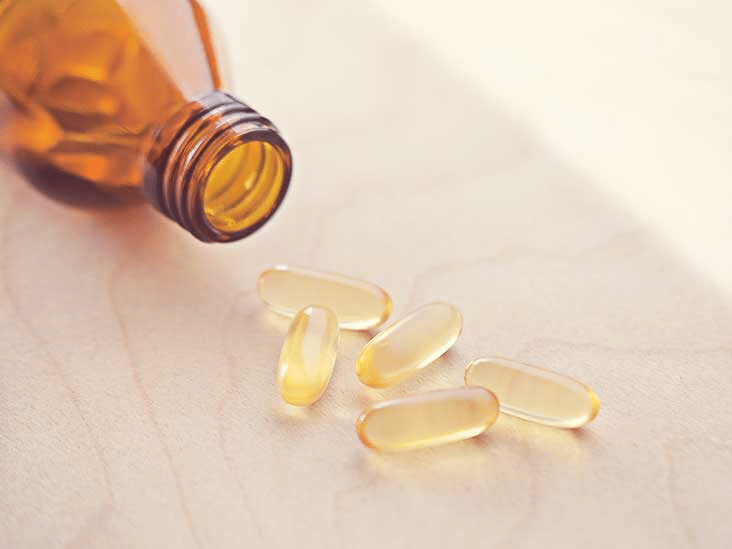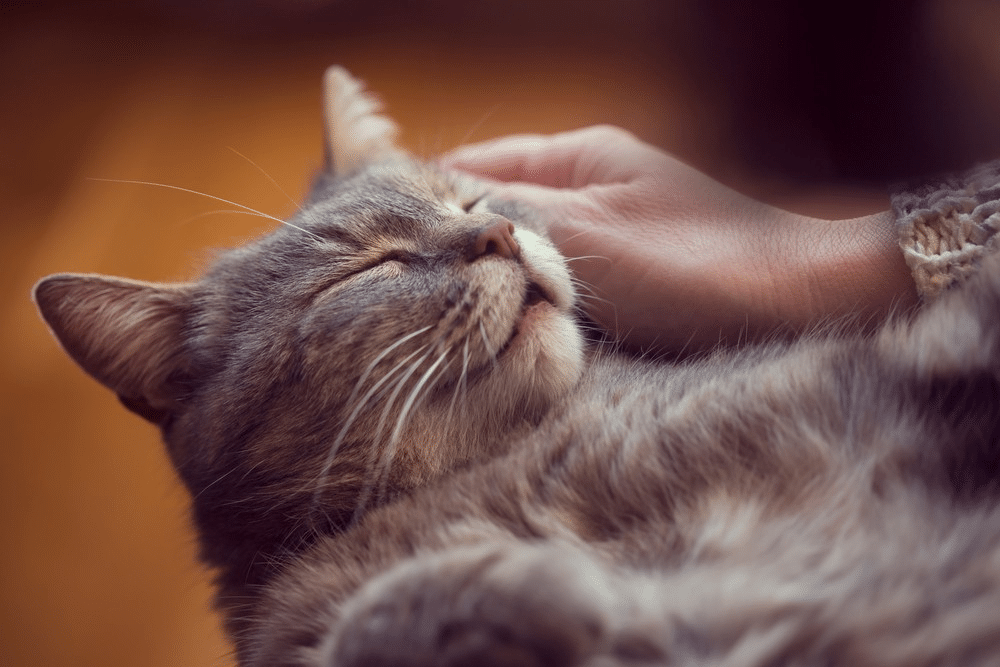Some people believe cats need vitamin D because they cannot synthesize it alone. Cats get their vitamin D from the sun but only spend about 10% of the time outdoors. The rest of their time is spent indoors, so they don’t get enough exposure to the sun.
If a cat doesn’t have enough sunlight exposure, it will not be able to produce enough vitamin D naturally. This can lead to various health problems such as rickets and tooth decay.
We should ensure that we are giving our cats vitamin D supplements to ensure that they are getting what they need for healthy growth and development.

Do you know what Vitamin D Poisoning is?
Cholecalciferol poisoning occurs in cats with an overabundance of calcium in their liver and kidneys. After consumption, the body rapidly absorbs vitamin D and stores it in adipose (fat) tissue. By converting vitamin D to calcifediol, the liver allows its distribution to the kidneys, where it is metabolized. Vitamin D regulates phosphorus and calcium, which are essential to the body’s ability to control the nervous system, muscles, and bone formation. When consumed in large amounts, Vitamin D can lead to excessive amounts of phosphorous and calcium in the body (hyperphosphatemia, hypercalcemia), which can result in kidney failure and cardiac dysfunction.
Minerals and vitamins are essential for maintaining your cat’s health, but too many of them can have negative effects. A lethal overdose of vitamin D in your cat is caused by ingesting too much vitamin D. Many supplements, rat poisons, and even some plants contain high amounts of cholecalciferol, a vitamin D precursor. The body is overwhelmed when felines ingest high doses of cholecalciferol, or their owners provide too much vitamin D.
How to recognize Vitamin D poisoning in cats
Calcium levels will dramatically increase in cats with vitamin D poisoning caused by pesticides, supplement overdoses, or accidental consumption. In addition to hardening the blood vessels, the kidneys and lungs can also become mineralized (hardened) because of this high calcium level. The cat will then experience kidney failure, heart complications, and internal bleeding once high calcium levels have caused mineralization throughout the body.
Vitamin D poisoning generally takes 18 to 36 hours to manifest in cats. The symptoms are as follows:
- Polydipsia (extreme thirst)
- Polyuria (frequent urination)
- Anorexia (aversion to food)
- Depression
As the body reacts to the high level of vitamin D, the cat’s calcium and phosphorus serum levels rise within 12 to 24 hours after ingestion, causing secondary symptoms of:
- Hematemesis (internal bleeding)
- Vomiting
- Nausea
Vitamin D poisoning in cats: causes and symptoms
Cats are susceptible to vitamin D poisoning if they accidentally consume a vitamin D product or take an excessive amount of a vitamin D product, plant, or supplement. Several products contain vitamin D and are poisonous to cats, such as:
- Vitamin D3 rodenticide (cholecalciferol)
- Medications for humans. When your cat accidentally ingests just one tablet of one of the medications used to treat kidney failure, osteoporosis, osteomalacia, hypoparathyroidism, and hypophosphatemia, they could suffer serious health consequences.
- Various commercial pet foods. Several outbreaks of pet poisoning have been related to commercially available pet foods high in vitamin D. While many pet food brands have been recalled, veterinary advice should always be sought before consuming any foods with high vitamin D content.
- Plants that contain vitamin D. Some ornamental potted plants, such as Trisetum flavescens, Solanum malacoxylon, and Cestrum diurnum (jessamine, honeysuckle), can be tempting to cats because they contain vitamin D.
- Supplements containing vitamin D. Powdered, granulated and liquid vitamins sold to pets can be toxic if used improperly. After consulting a veterinarian, overdose is common, and vitamin and mineral supplements should always be added to your cat’s diet.
Animals Poisoned with Vitamin D: Treatment
Since it is an emergency, veterinary treatment for vitamin D poisoning in cats should be started as soon as possible. Your veterinarian may remove an ingested substance by inducing vomiting. The doctor may use activated charcoal after the poison has already been absorbed by the body to prevent further absorption of the toxin. The cat often receives intravenous fluid therapy as part of the poison-elimination process. A blood transfusion may be necessary if they have lost blood due to internal bleeding. We will hospitalize all felines who have been poisoned with vitamin D.

Vitamin D poisoning in cats: Recovery
Despite the possible treatment, the prognosis for vitamin D poisoning in cats is rather poor, even if symptoms are present. Time is the most important factor in a cat’s survival. The pet owner must rush their cat to an emergency veterinary center immediately if they witness the feline ingest too much vitamin D or if they realize the cat consumed too much vitamin D.
Conclusion: How much vitamin D is toxic to a cat

Vitamin D is a fat-soluble vitamin that can be synthesized by the body when it is exposed to sunlight. It’s also found in some foods and supplements. Vitamin D is important for absorbing calcium and phosphorus, which helps build strong bones and teeth. However, too much vitamin D can be toxic to cats.
A cat’s natural diet will not provide enough vitamin D, so they need a supplement to get enough of it. Cats can tolerate much higher doses of vitamin D than other animals because their kidneys are efficient at removing excess amounts from their system before reaching toxic levels.
Frequently Asked Questions
Can a vitamin D pill hurt my cat?
Vitamin D is essential for humans, but it can be toxic to cats. Cats do not need to take vitamin D supplements because they get enough from the sun.
How do I make my cat vomit on purpose?
If your cat is vomiting for no apparent reason, you should immediately take him to the vet. However, if you’re looking to make your cat vomit on purpose, there are a few different methods that you can try.
One of the most popular methods is using hydrogen peroxide. You can use this by adding a tablespoon of hydrogen peroxide to a water bowl and then pouring it down your cat’s throat until he throws up. Another option is using a syringe and some water or milk. This method works by filling the syringe with water or milk until it reaches the point where it will squirt when pressure is applied. Then, inject the substance into your cat’s mouth and wait for him to vomit.
